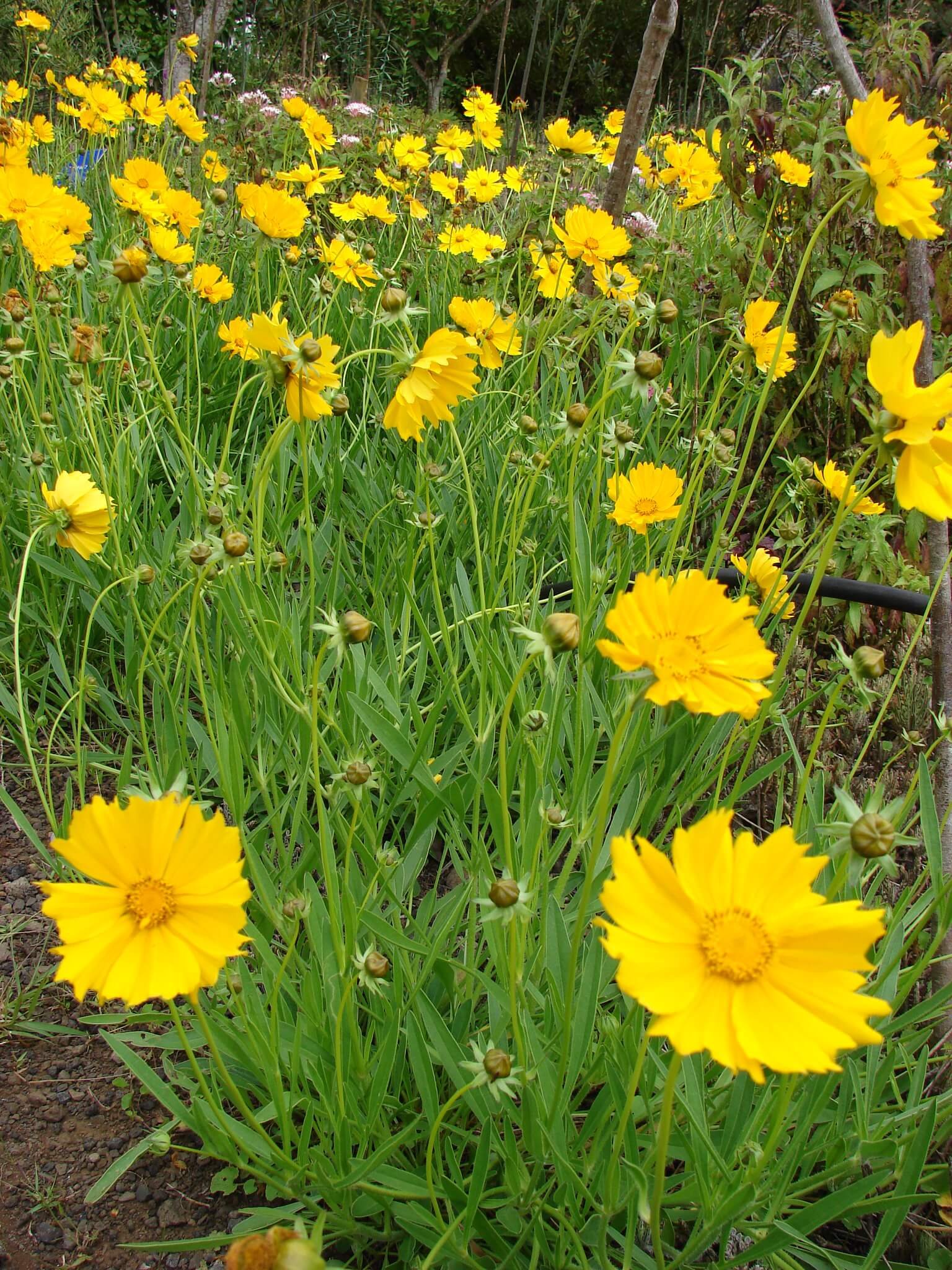Life Cycle: Perennial
Sun Exposure: Full
Soil Moisture: Medium/dry-Dry
Height: 2 feet
Plant Spacing: 10-16 inches
Bloom Time: May-August
Bloom Color: Yellow
Advantages: Bird Favorite, Pollinator Favorite, Deer Resistant, Great Landscaping plant, Vigorous self-seeder
Host Plant: 6 species of butterflies and moths use this as a caterpillar host plant in our area (nwf.org)
Specialist Bee: Pseudopanurgus albitarsis, P. labrosiformis, P. solidaginis, Melissodes coreopsis, M. boltoniae, M. coloradensis, M. dentiventris, M. illatus, M. subillatus, M. trinodis, Savastra petulca, Dieunomia heteropoda, Megachile xylocopoides, Ashmeadiella bucconis, and Osmia coloradensis (Johnson and Colla, 2023)
Complementary Plants: Wild lupine, Pearly everlasting, Purple coneflower, Butterfly weed, Black-eyed Susan, Bee balm, Flowering spurge, Purple prairie clover
Resource: Johnson, Lorraine, and Sheila Colla. A Northern Gardener’s Guide to Native Plants and Pollinators: Creating Habitat in the Northeast, Great Lakes, and Upper Midwest. Island Press, 2023










